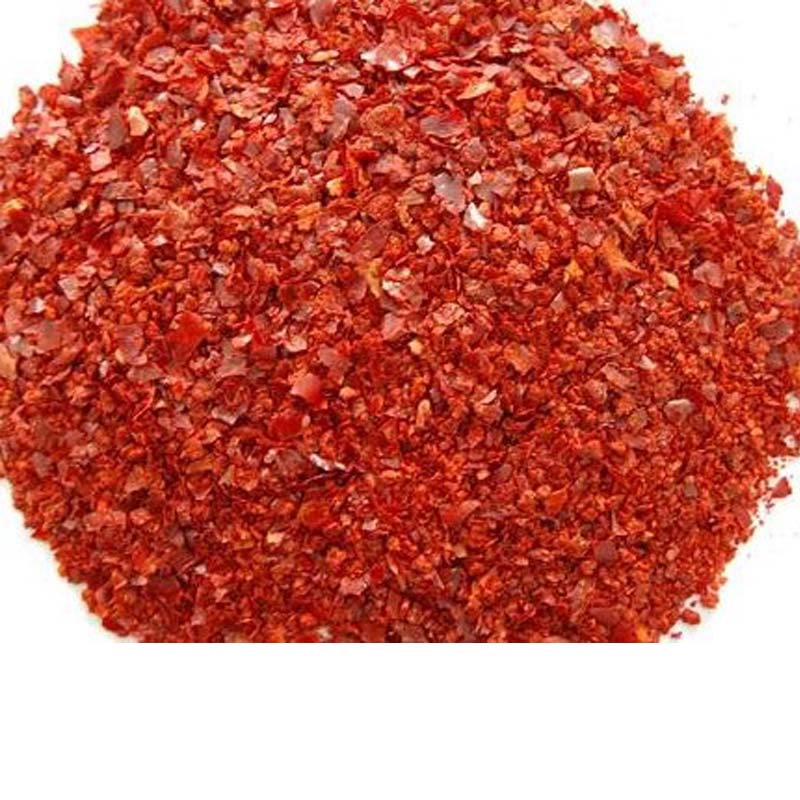- No. 268 Xianghe Street, Economic Development Zone of Xingtai city, Hebei 054001 China
- Byron@hbhongri.cn
chili paprika
The Vibrant World of Chili Paprika
Chili paprika is not just a spice; it’s a cultural phenomenon that brings vibrancy and warmth to cuisines around the world. Originating from the capsicum plant, this bright red powder is made from ground chilies, and its popularity has flourished in various culinary traditions, especially in Hungarian, Spanish, and Mexican cuisines. Its distinguishable flavor, ranging from sweet to smokey to fiery hot, allows it to play a versatile role in cooking and food presentation.
In Hungarian cuisine, chili paprika is a cornerstone ingredient. It elevates the flavor profile of traditional dishes such as goulash and paprika chicken, where its rich color and robust taste create an inviting aesthetic and satisfying experience. Unlike many standard pepper spices, Hungarian paprika is well-known for its distinct color and aroma, which varies based on the type of chili used and its processing method. The country even boasts a range of paprikas, categorized by sweetness and heat intensity, giving chefs plenty of options to play with.
Spain, too, embraces chili paprika, often referred to as pimentón. The Spanish variety is usually smoked, giving it a unique depth of flavor that enhances classic dishes like chorizo and paella. This smokiness can add a comforting note to stews or a surprising kick to roasted vegetables, making it a staple in Spanish kitchens and beyond.
chili paprika

In Mexican cuisine, chili paprika is often used as a spice blend that infuses dishes with a vibrant color and depth. It’s found in moles, marinades, and salsas, skillfully complementing the inherent heat of fresh chilies. The use of chili paprika in these vibrant dishes creates a mouthwatering experience that celebrates the diversity of flavors in Mexican food culture.
Health-wise, chili paprika is packed with vitamins and antioxidants. It is rich in vitamin A, which supports vision, and contains capsaicin, known for its potential anti-inflammatory properties. Incorporating chili paprika into your meals can not only add depth and complexity to flavors but also contribute to a healthy diet.
The versatility of chili paprika doesn’t stop at cooking; it also extends into the realm of food aesthetics. The bright red hue is visually appealing, elevating the presentation of any dish. Sprinkling a dash of chili paprika over sauces, soups, or even scrambled eggs can transform an ordinary meal into something spectacular.
In conclusion, chili paprika is more than just a spice; it’s a celebration of flavor, culture, and health. Whether you’re exploring Hungarian, Spanish, or Mexican cuisine, incorporating this dynamic spice can enhance your culinary adventures and introduce new layers of flavor to your everyday meals. Embrace the warmth of chili paprika, and experience the joy it brings to your dining table.
-
Capsicum frutescens oleoresin – High Purity, Food GradeNewsNov.17,2025
-
Capsicum Frutescens Oleoresin – Natural Heat & FlavorNewsNov.17,2025
-
Peppereka Powder – Fresh, Vibrant Color & Sweet AromaNewsNov.17,2025
-
Paprika Oleoresin | Natural Red Color, Heat & Flavor BoostNewsNov.17,2025
-
Pure Turmeric Extract 95% Curcumin | Potent, Lab-TestedNewsNov.17,2025
-
Red Papper Pods – Premium Sun-Dried, Bold Heat & AromaNewsNov.10,2025







